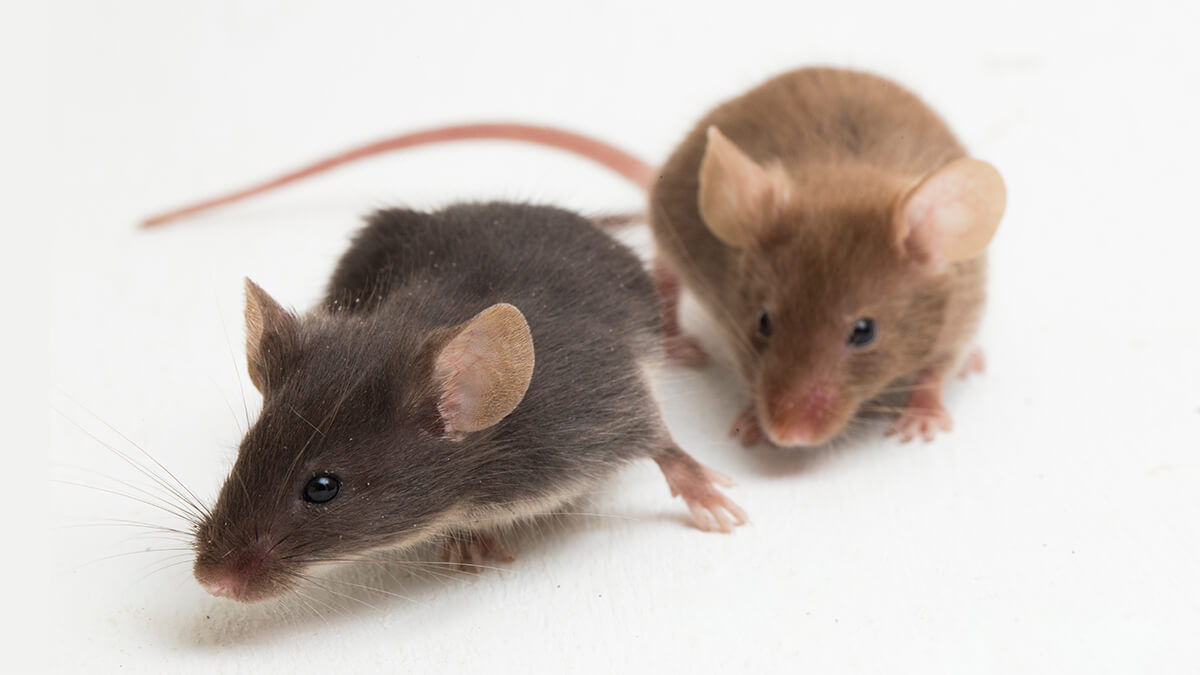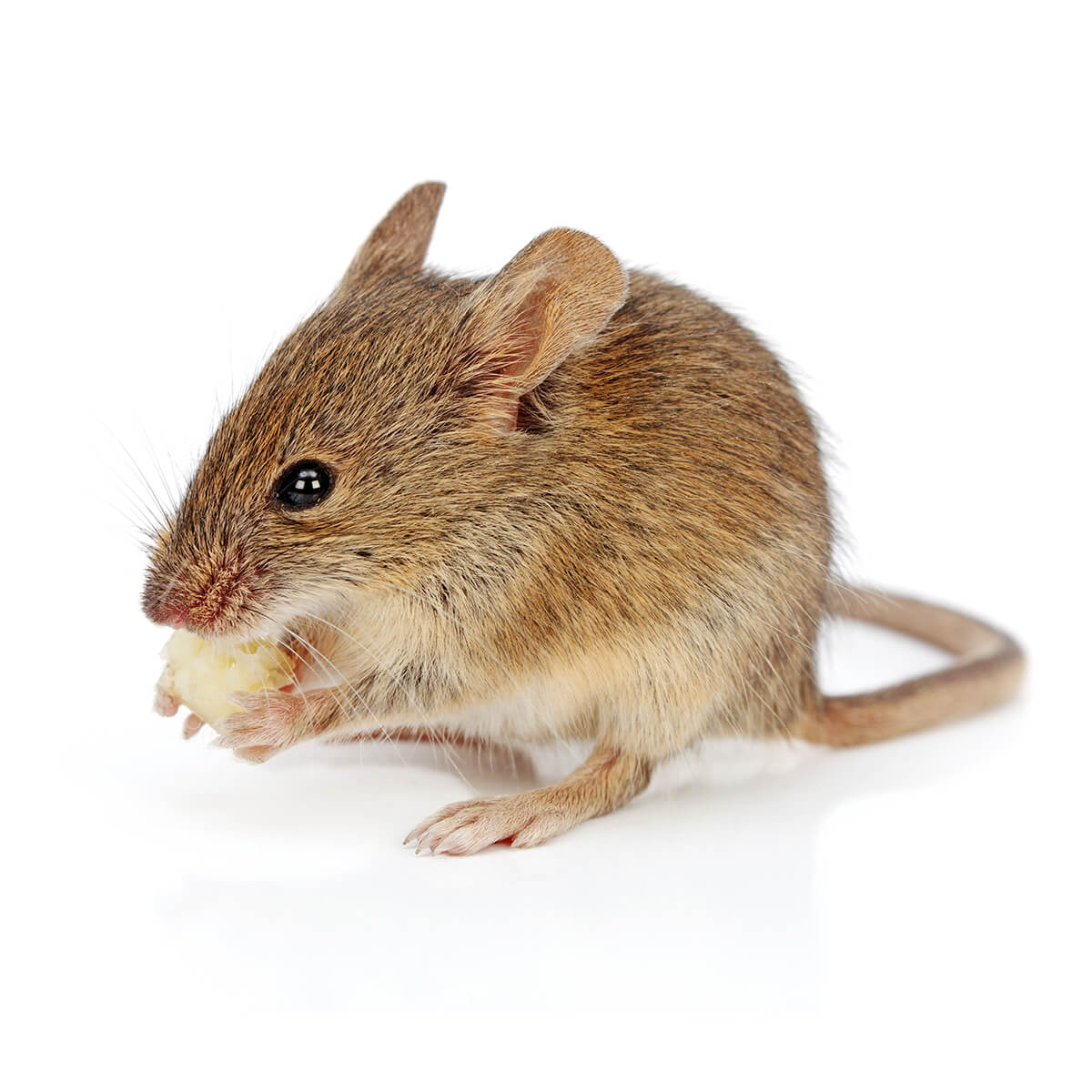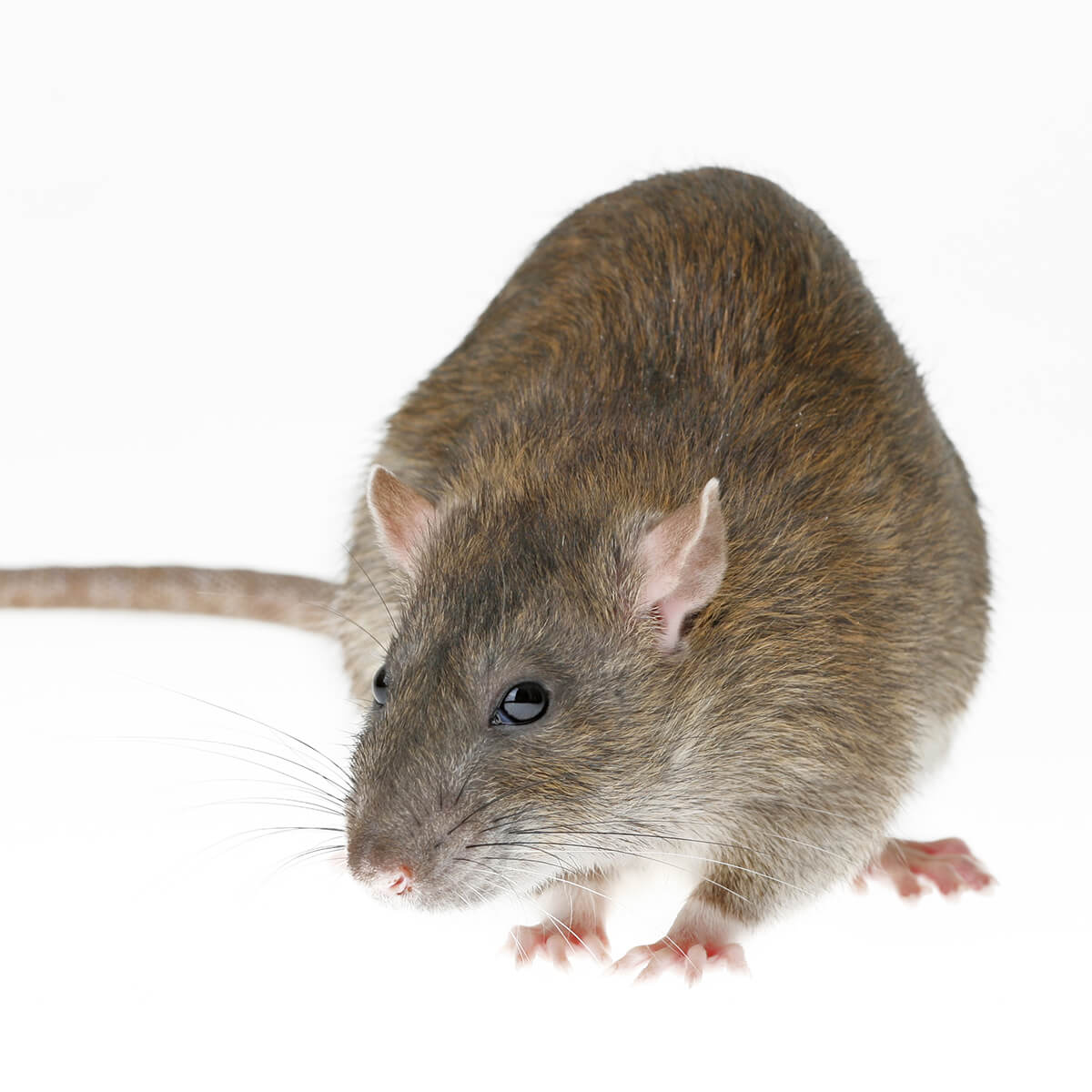How to Tell the Difference Between Mice and Rats

Mice and rats are among the most highly distributed pests and understanding their behaviour and biology can help you find the most effective way to get rid of them without doing any harm to the environment.
The first rule of the art of war is to know your enemy, and this is precisely what we, as an established pest control agency, are here to help you do.
We know that for the casual observer it’s tough sometimes to tell the difference between a mouse and a rat. Both animals have tails, both have fur and both have similar habitats. But there are ways to distinguish them easily and you can find them below!
Differences in appearance
Undoubtedly, a rat and a mouse resemble each other. That’s why most people can’t differentiate these rodents. Once you’re aware of the differences, you’ll see they’re not as much alike as you thought.
There are a few distinctive signs that can give away the type of animal that you’re looking at.
Features of the mouse

From a physical perspective, mice and rats have certain similarities, there is no doubt in that.
Some scientists believe mice and rats evolved from a common ancestor, although mice adapted to more comfortable habitats.
By “more comfortable habitats” we mean your home. Hence, house mice are much smaller and a lot less menacing than their less evolved kin. A mouse has a smaller head and feet but sports a larger set of ears (all of this relative to their size) than a rat would have.
Their weight rarely exceeds 30 grams, the average mouse being around 20g. This difference is essential for mice control to determine the correct poison dosage to use.
When it comes to a size comparison, a mouse will be a lot smaller than a rat. A grown mouse is rarely longer than 20 cm (including the entire tail, which is usually as long as or longer than the body). The shape of the mouse’s body is round, and they’re covered in fur (except for their tails, ears, and feet). Their heads are sharper than those of the rats and smaller relative to their bodies.
Rat features

Rats are a lot more menacing than their rodent cousins. Rats have big heads with huge teeth they have to manage through gnawing.
Since their front teeth grow rapidly, they have to gnaw a lot, which is one of the reason they’re so dangerous for a common household. With its hard teeth and incredibly powerful jaw muscles, a rat can chew through almost anything! Even steel pipes aren’t safe from a rat infestation! So if you have rats, it’s a good idea to take action and call an exterminator early on.
Rats are much bigger than mice. Their bodies can easily reach a length of over 30 cm, with tails exceeding 20 cm. Just the tail of a grown rat can easily be bigger than an entire grown mouse. Rats can weigh anywhere between 300 grams for females and 500 grams for males, on average.
Rats have bigger, more prolonged bodies covered with small, rough fur. Like mice, they lack hair around their feet, tails, and ears. This helps them with swimming, climbing and navigation.
So if you were thinking of killing a rat by flushing it down the toilet, don’t waste your time. Not only will you probably fail, because they can hold their breath for around 15 minutes, but they can climb back up later.
Behavioural differences between rats and mice
Aside from the physical differences, several behavioural differences can also help you distinguish these rodents. These will come in handy when you’re trying to deal with their pestilent presence in your home.
Mouse

Mice are crafty little vermin. They often build their nests near areas with readily available food sources, which is why your kitchen is usually the perfect place for a mice nest.
Mice build their nests from paper and other soft materials (such as your favourite clothes, your children’s toys, or half your furniture).
Since they’re more used to living near humans, house mice are curious creatures. They will gladly investigate technical innovations in their environment (meaning they’re just as likely to get caught in one of our specialised traps as they are to chew through the cables of your new washing machine).
Mice, like many other rodents, are nocturnal. They’re a lot more active from dusk till dawn, so you might hear them creeping around your house or chewing on your wardrobe while you’re desperately trying to sleep.
Rat

Rats, on the other hand, are cautious vermins. They don’t get comfortable and rarely explore something new, which complicates an amateur’s attempt at rat control. During the course of their evolution, the rats that stayed away from new and unknown objects were the ones that managed to procreate the most. That’s why traps can take a lot longer to work on a rat, as they have to get used to them as a part of their environment.
A rat will rarely build a nest. A common practice for them is to use burrows or holes as their improvised home to provide shelter. If no suitable hole is available anywhere around, they are more than prepared to make one for themselves.
Because of their size, they don’t have a problem inhabiting larger territories, so their holes or burrows are not always close to their food sources. Since they’re also nocturnal, it’s likely to find a rat more active at night than during the day.
Rats and mice have a rocky relationship because rats usually kill mice. In fact, this is a well-documented behaviour. Because of their size and speed advantage, rats are excellent mouse hunters, who often eat their victims. Mice are aware of this and have evolved to avoid rats. This is the best way to protect themselves. It’s the reason why rat odour is often a stressor for mice and deters them.
Procreational differences between mice and rats
In many ways, mice and rats are similar when it comes to procreation. Considering their common ancestry, this should come as no surprise. However, some differences have to be outlined.
Mice

Mice are social creatures, which means if you see one in your home, it’s probably not alone. To make matters worse, they love to mate, and they don’t care about incest, which means you can have a large number of mice in your house in no time.
Mice gestation (pregnancy) period is around 19-20 days, and they only need 6 weeks to start mating. The average litter is around 8 babies, with female mice having 5 pairs of nipples.
Because of their smaller size, mice develop faster than rats. After birth, mice lactate for about 2 weeks. Pups are born naked and blind, but open their eyes 3 days after birth and are fully furred in 10 days.
Rats

Rats have a bit longer gestation period of 21-23 days. They are also unconcerned about incest, like mice, but take a bit longer to develop sexually and start reproducing around the seventh week, even though they’re often mature enough to do it earlier.
Female rats lactate for around three weeks and have six pairs of nipples. The average size of the litter is around 10. Like their smaller cousins, pups are born blind and naked. They open their eyes around the sixth day, and they’re fully furred around the 15th. The slower development of rats is also related to their naturally longer lifespan.
Rats are more cautious and have fewer predators than mice for that reason. Also, let’s not forget the facts rats are also one of the mice’s predators.
How to distinguish mouse and rat droppings
When it comes to identifying what type of infestation you might have in your house, finding droppings is often a good way to do it. Because it’s a lot more plausible to find the poo of an animal before you encounter it. Still, it’s not the most secure way to identify the pest you might have in your home and it's good to investigate further.
Mouse droppings
Mouse droppings are no longer than 8mm and have a granular shape. They also can be found all over the place. Often, the spot where most droppings appear is very close to the nest's location.
Rat droppings
Rat droppings differ, depending on the type of rat you might have. Brown rats have droppings resembling a large grain of rice. Often tapered at the end and in a cigar form. Black rats have long and thin droppings with a slight curve. They are also smaller than the brown rat droppings.
These are the most obvious differences between mice and rats. Mice are small, curious creatures who are still quite pestilent. Rats are much larger, heavier, more vicious, and even predatorial. Because of their behavioural and morphological differences, the approach to both can be quite different, but as experts, we’re well aware of the differences. And now you are, too. Still, if you need assistance identifying the type of rodent or you have doubts you can handle an infestation alone, getting professional help as soon as possible is the wisest thing to do.
Too many details to remember? Get our Mouse vs Rat Guide here for free!